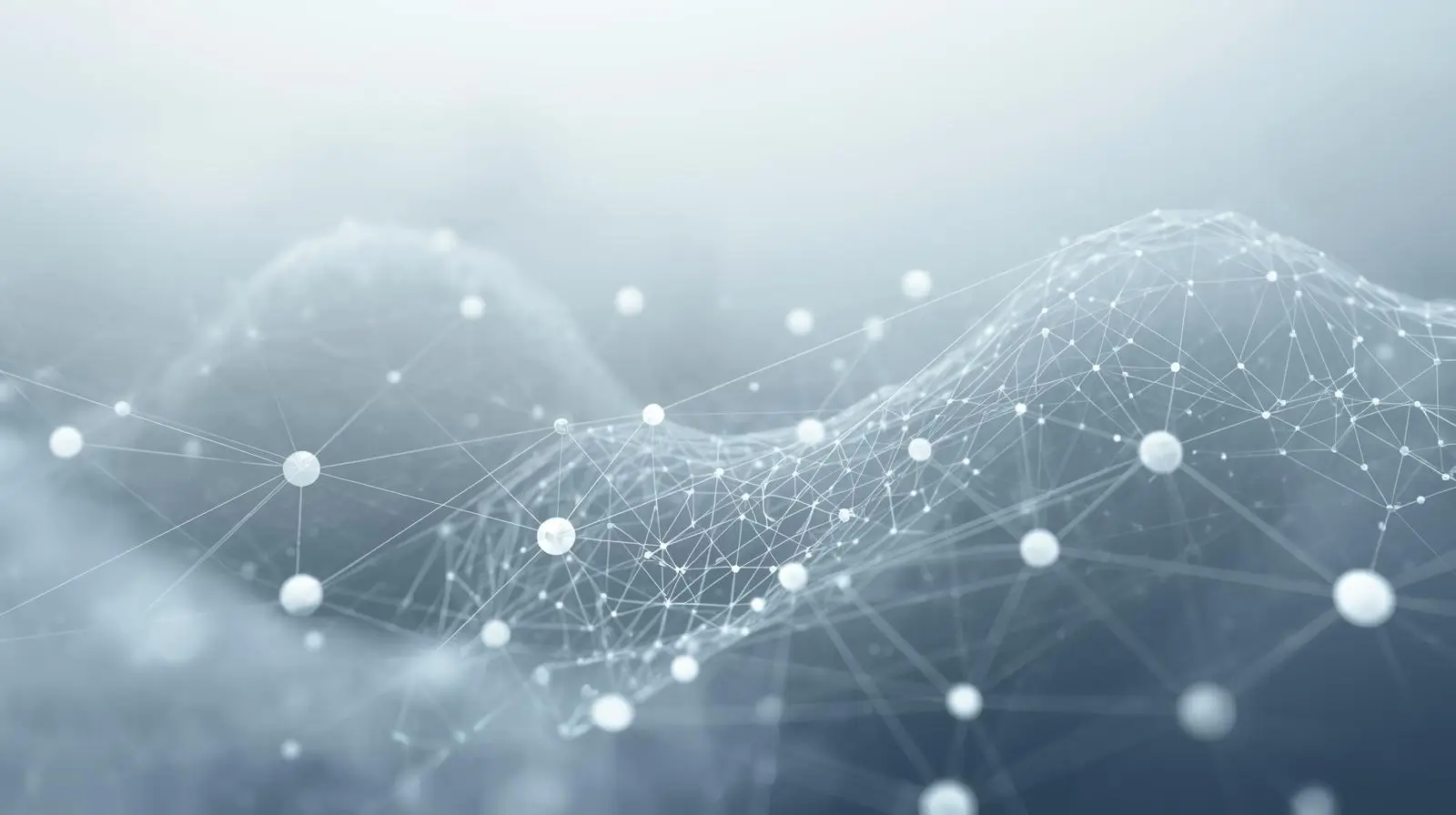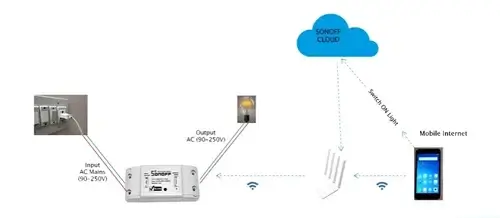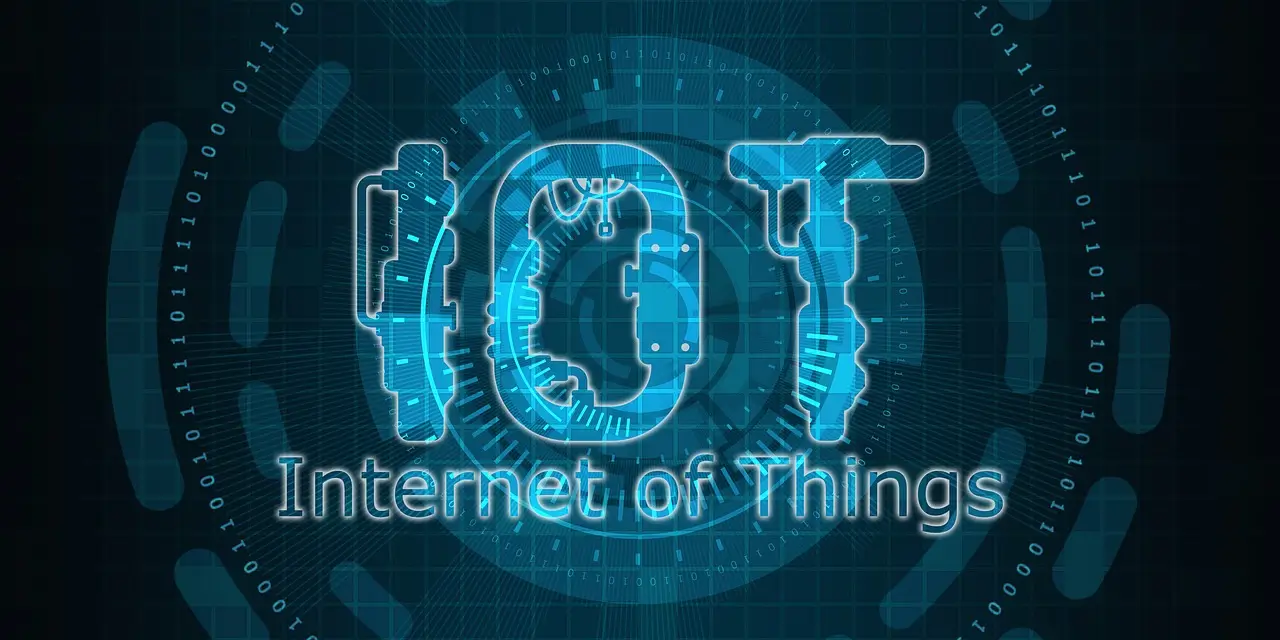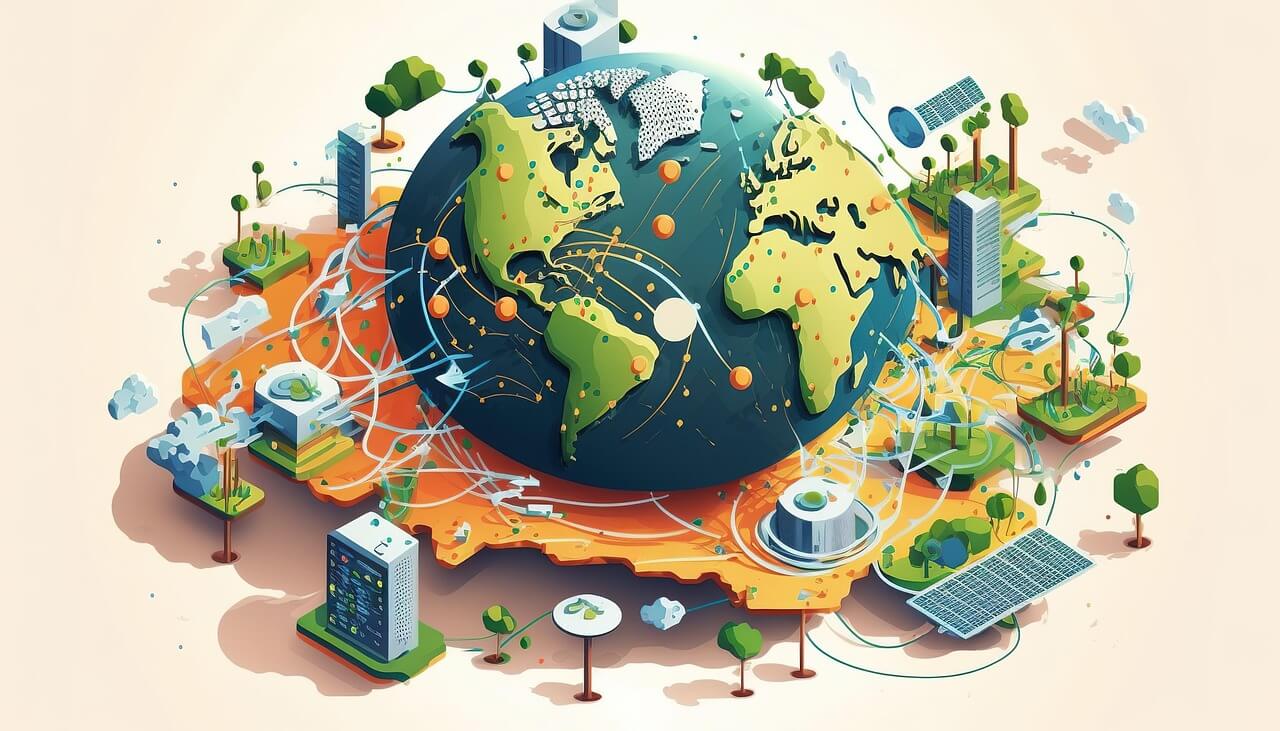What is Fog Computing?
Fog Computing is like a helper that brings data processing closer to your devices (like sensors or cameras) instead of sending everything to the faraway cloud. It’s a middle step between your device and the cloud.
In short:
Fog Computing = Cloud + Device teamwork for faster, smarter results.
Why Do We Need Fog Computing?
When devices like smart lights or sensors send all their data to the cloud:
- It takes time (delays).
- It clogs the internet.
- It’s less secure.
- It stops working without internet.
Fog Computing fixes this by processing data nearby, making things faster and safer.
Simple Example
Imagine smart traffic lights:
- Without Fog: Every light sends video to the cloud, waits for an answer, and traffic jams happen.
- With Fog: A nearby “fog node” (like a mini-computer) checks the video and changes the lights instantly. It sends a summary to the cloud later.
How Fog Computing Works
It has three parts:
1. Devices (Edge): Sensors, cameras, or gadgets that collect data (like temperature or motion).
2. Fog Layer: Nearby mini-computers (like routers) that process data fast and make quick decisions.
3. Cloud: Faraway servers for big analysis and storage.
Data flow:
Device → Fog Node → Cloud
Why Fog is Awesome
- Super Fast: Makes decisions right away (no waiting for the cloud).
- Saves Internet: Sends less data to the cloud.
- Safer: Keeps sensitive data local.
- Works Offline: Still functions if the internet drops.
- Grows Easily: Add more fog nodes to handle more devices.
Challenges
- Tricky to Manage: Lots of fog nodes can be hard to control.
- Security Risks: Each node needs protection from hackers.
- Costs More: Needs special hardware like smart routers.
- No Standard Rules: Different systems work differently.
Where Fog Computing Shines
1. Smart Cities:
- Traffic lights adjust instantly.
- Smart bins tell trucks when they’re full.
2. Factories:
- Sensors spot machine issues before they break.
3. Healthcare:
- Wearable devices check your health and alert doctors fast.
4. Farming:
- Sensors decide when crops need water.
5. Self-Driving Cars:
- Cars make split-second decisions to avoid obstacles.
6. Smart Homes:
- Lights and thermostats react instantly to save energy.
Fog vs Edge vs Cloud
| Feature | Cloud | Fog | Edge |
|---|---|---|---|
| Where? | Faraway data centers | Near devices (routers) | On the device itself |
| Speed | Slow (high delay) | Medium-fast | Super fast |
| Storage | Tons of space | Some space | Very little space |
| Best for | Big data, long-term | Real-time decisions | Instant reactions |
In short:
- Edge: Acts instantly (like a reflex).
- Fog: Smart helper in the middle.
- Cloud: Deep thinking and storage.
Keeping Fog Secure
Fog nodes need:
- Data encryption (locked data).
- Strong logins to block hackers.
- Regular updates to stay safe.
- AI to spot weird activity.
The Future of Fog Computing
By 2026, Fog Computing will grow because of:
- AI: Fog nodes will use AI to make smarter decisions.
- 5G: Super-fast internet for quick data sharing.
- More IoT: Billions of devices need fog to work smoothly.
- Big Uses: Self-driving cars, smart factories, and hospitals.
Summary
- What is it? Fog Computing processes data near devices, not in the cloud.
- Why? Faster, safer, and works offline.
- Where? Smart cities, factories, healthcare, cars, and homes.
- Future? Smarter with AI and 5G.
Final Thought
Fog Computing makes IoT devices faster and smarter by working closer to them. It’s like a local brain for your devices, making our world more efficient and connected!




